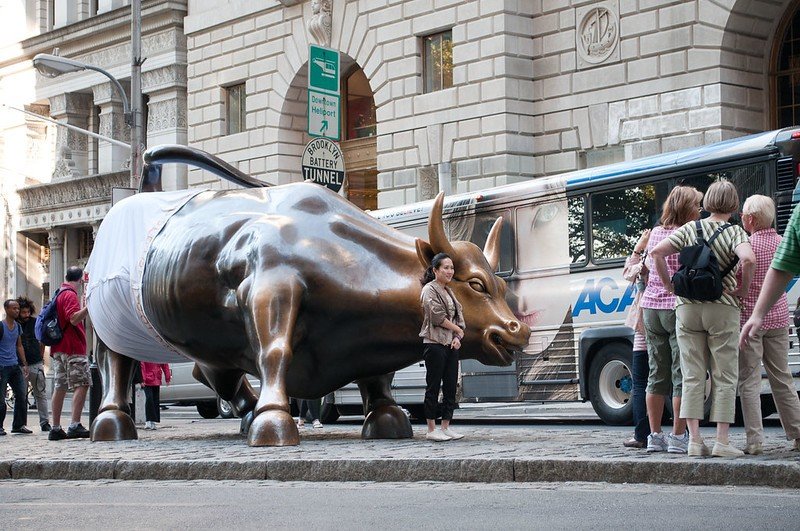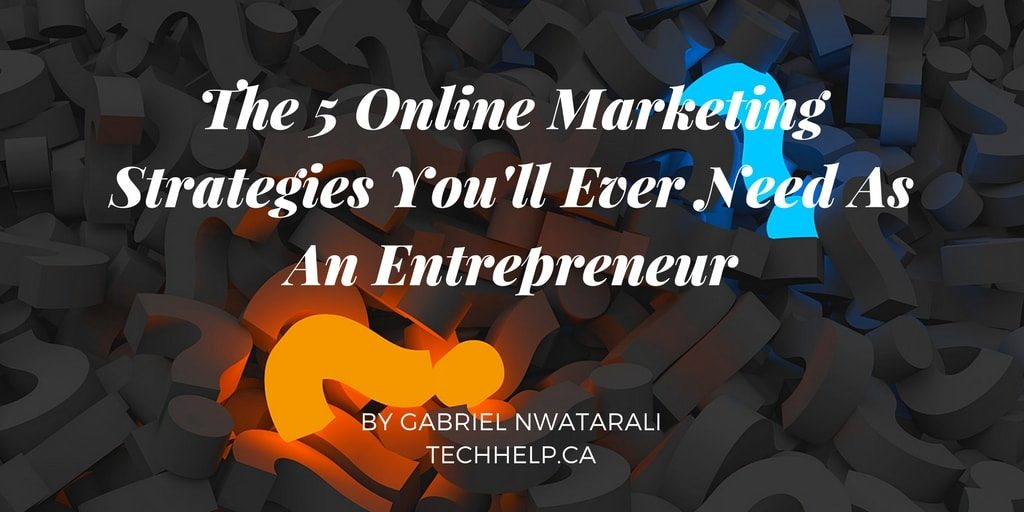There’s little point in the marketing world tackling the widespread campaigns that brand goliaths have at their disposal. If you’re a newcomer in your industry, marketing is one of the first and most vital avenues for growth – but an advert through the traditional channels might not yield the results you need to get going in the long run; enter guerrilla marketing ads.
When usual methods of advertising fail or are not an option, businesses can resort to guerrilla tactics. No, we’re not talking about warfare here, at least not entirely. Guerrilla marketing strategically uses surprise, unconventional interactions, and on-demand graphic design to promote products or services.
While guerrilla tactics are named after a similar style of waging war, guerrilla marketing is slightly different. It still uses closely-resembling elements, namely the act of surprise and lack of convention.
As a concept, guerrilla marketing has evolved since its inception in the 1980s, developing as digital marketing grew to its present heights. Therefore, it’s not a simple concept to quantify and explain and is usually best kept as a general term that is aided by examples and presentations.
Benefits of Guerrilla Marketing
The main advantages that marketing experts cling to when approaching such campaigns can be more beneficial than what you get from regular channels. These include:
- Lower cost: Since you don’t need to use an advertising agency or a widespread campaign, guerrilla marketing can be substantially cheaper to implement and execute.
- Imaginative design: There are more options to guerilla marketing than traditional posters and billboards, and guerrilla marketing lives or dies by its innovative design rather than budget.
- Word-of-mouth and social media propagation: Guerrilla tactics rely on people promoting your product to other potential consumers through word of mouth or social media posts. As such, guerrilla tactics could be said to utilize customer-created content by default.
- It can snowball: If picked up early by a prominent social media or news outlet, a guerrilla campaign can reach widespread publicity, for better or worse.
Drawbacks of Guerrilla Campaigns
When designing your next campaign, keep in mind that guerrilla marketing tactics are not without faults. There are a few potentially devastating setbacks that can plague any marketing campaign, and they deviate from the norm:
- Intervention from authorities: If you’re using graffiti or public spaces to promote products, you may find local authorities opposed to your advert.
- Actions can be misunderstood: Guerrilla marketing can be vaguer than traditional options, resulting in a lack of direction and ultimately failing to catch on with the public.
- Force majeure: These adverts also tend to be more time-sensitive, and location-dependent, so bad weather or an unfortunate occurrence can throw the entire project off.
- Public backlash: Unfortunately, a badly-planned campaign can ultimately backfire – if its subject isn’t clear enough, is open to more interpretation, or uses inappropriate methods to get the point across.
Examples of Guerrilla Marketing That Work (And Some That Don’t)
Guerrilla marketing is a broad subject, so it’s best to look at some examples of what to do and what steps to avoid.
There are a few main categories of guerrilla campaigns that serve a similar purpose but ultimately allow you to gain more exposure and reap the benefits.
1. Use Existing Infrastructure or Signs
When designing a marketing campaign, see what is happening around you in the city. People often pass signs and infrastructure pieces each day without bothering to give them a second look. But the city itself can be a prime candidate for your tactics.
Duracell, the battery-producing company, put a large flashlight sticker on mundane light fixtures, such as buses or public illumination – reminding users of the power their batteries can produce.
Axe body spray used a similar tactic. They added a sticker next to “Exit” signs that developed a story that worked for their brand identity. Since you can find these signs in many public areas and offices, they had a nearly limitless potential for showing their product to new customers.
GoldToe went the extra mile and produced underwear to fit New York City’s most prominent statues, garnering them plenty of public attention. The most well-known landmark to receive a pair of undies was the Wall Street Bull.

Copenhagen Zoo did a similar thing, covering public buses in custom designs that showcased the wilderness found within its pens.
Since thousands of people notice these daily, even subconsciously, you have a large audience to showcase your imagination and wit. You’ll need to find the perfect outlet and use a graphic design service that will do the necessary work.
2. Don’t Hesitate to Poke at the Competition
Guerrilla marketing is not entirely unlike war. Sometimes, you have to undermine your competitors, even in a satiric or humorous way.
Lidl used their opportunity to make billboards showcasing their cheaper products, highlighting the similarities to other brands and their unique approach to affordability (and imaginative design). The billboards were strategically placed near competitors’ locations, further boosting their visibility to a rival’s audience.

Samsung gave out free S9 phones to the residents of the Dutch village of Appel, with the marketing campaign titled “Appel community switches to Samsung.” As you might guess, a jab at your most prominent competitor can be phrased cleverly and achieve the desired results – even if it costs a bit more than a sticker on a wall.
AMD used their chance on Intel’s 40th anniversary to butt in on their celebratory giveaway and offer their competing product. The move garnered widespread attention (and Intel retaliated on social media), giving both brands some spotlight.
Using your imagination to poke fun at a rival and push your product as the better choice can be effective. It can give you that final bit of leverage and visibility needed to develop into a larger business. After all, there’s no such thing as bad publicity, and there are unlimited graphic design options at your disposal.
3. Make People Think
Whatever you do, make customers stop and think about what they’ve just seen. If you manage to grab their attention, you most certainly have won the advertising game.
Unicef executed one of their best guerrilla campaigns by making a “Dirty Water” vending machine, reminding First World residents that not everyone has the luxury of a limitless clean water supply. The familiar imagery of a vending machine coupled with the powerful message made for an excellent advertisement to raise donations.
Dominos used a common public problem to further their agenda. All too often, pizza orders arrive with unappealing debacles, such as cheese sticking to the box or ingredients that fall off. The company blamed a lack of public infrastructure for safe pizza transportation. Their campaign (‘Paving for Pizza’) raised awareness across the USA, propelling the company to become one of the most prominent pizza deliveries.
Fiji used public attention from the red carpets at the Golden Globes to place a water girl (using the hashtag #FijiGirl) – and photobomb the event with their product. Using an already publicized event to get free attention to your brand can be a cost-effective endeavor.
Sometimes, a great idea isn’t enough to make people think about your brand and what you accomplish for the audience. In those cases, an excellent graphic design service can help deliver a powerful message and give you the best chance of succeeding.
Be Bold, Be Guerrilla
Consider your options wisely and put your best foot forward. Develop a unique campaign that can capture your audience’s minds, hearts, and garner the attention your brand needs to succeed. Guerrilla marketing may be a risky business undertaking, but it can offer a much better return on investment than common advertising channels if done correctly.

We empower people to succeed through information and essential services. Do you need help with something? Contact Us.
Want a heads-up whenever a new article drops? Subscribe here





